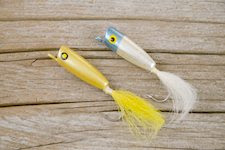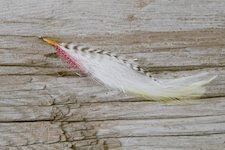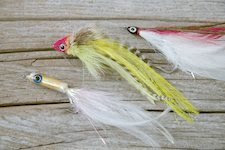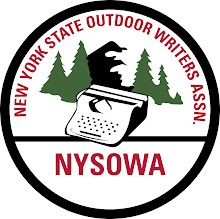Shooting with artificial light in a studio can be a real challenge. There is a lot of trial and error, which for me is the fun part. For one, I'm not shooting under pressure. Two, I can take my time with setups and be as creative as I want.
But I am the first one to admit that I do not know everything about photography. I'm learning constantly. In a studio, though, you have a controlled environment and the things I do, and the lessons learned, stay forever.
All of these images were shot with bank lights, on a tri-pod, and using an electronic shutter release.
 As I stopped down my aperture, I noticed I was losing the natural color of the drift wood. It's quite white and weathered and it wasn't what my naked eye was seeking. In the lab, I made a few minor adjustments, using my histogram, but the real change came when I adjusted my HUE. As I learned, HUE changes colors.
As I stopped down my aperture, I noticed I was losing the natural color of the drift wood. It's quite white and weathered and it wasn't what my naked eye was seeking. In the lab, I made a few minor adjustments, using my histogram, but the real change came when I adjusted my HUE. As I learned, HUE changes colors.
In this image, I opened the aperture up a bit more, but then I got that washed out look. I also shot it a bit faster, but not enough to compensate for the wide aperture. Aperture: f/13 Shutter Speed: 1/25 ISO: 100

 (Top) were shot without too much deviation from the above settings. You can see the "yellow" tone on the wood. Quite unnatural. All things remaining the same, I adjusted the HUE, and you can see the truer tone (Bottom).
(Top) were shot without too much deviation from the above settings. You can see the "yellow" tone on the wood. Quite unnatural. All things remaining the same, I adjusted the HUE, and you can see the truer tone (Bottom).

Same settings and getting closer.
 As I stopped down my aperture, I noticed I was losing the natural color of the drift wood. It's quite white and weathered and it wasn't what my naked eye was seeking. In the lab, I made a few minor adjustments, using my histogram, but the real change came when I adjusted my HUE. As I learned, HUE changes colors.
As I stopped down my aperture, I noticed I was losing the natural color of the drift wood. It's quite white and weathered and it wasn't what my naked eye was seeking. In the lab, I made a few minor adjustments, using my histogram, but the real change came when I adjusted my HUE. As I learned, HUE changes colors.In this image, I opened the aperture up a bit more, but then I got that washed out look. I also shot it a bit faster, but not enough to compensate for the wide aperture. Aperture: f/13 Shutter Speed: 1/25 ISO: 100

 (Top) were shot without too much deviation from the above settings. You can see the "yellow" tone on the wood. Quite unnatural. All things remaining the same, I adjusted the HUE, and you can see the truer tone (Bottom).
(Top) were shot without too much deviation from the above settings. You can see the "yellow" tone on the wood. Quite unnatural. All things remaining the same, I adjusted the HUE, and you can see the truer tone (Bottom).
Same settings and getting closer.
Remember the acronym, WYSINWYG..."what you see is NOT what you get?"


No comments:
Post a Comment